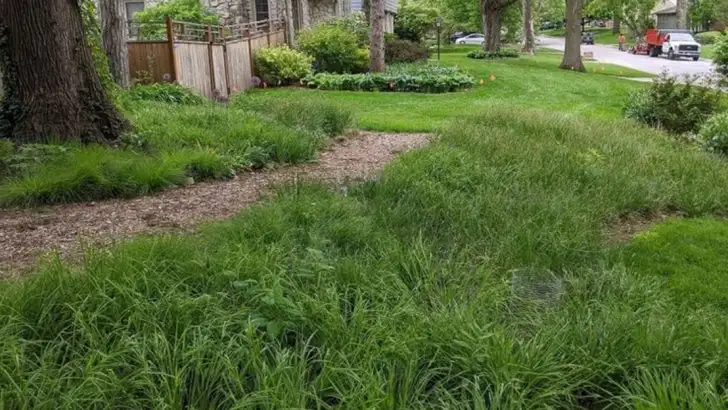Sedge grass may be a go-to for tricky spots, but let’s face it—it’s not always the visual upgrade we hope for. Whether it’s spreading too aggressively, flopping over, or just lacking character, many gardeners find themselves looking for alternatives that offer the same benefits with more style and less frustration.
In this guide, we’ll explore what actually works instead—ground covers, ornamental grasses, and low-maintenance perennials that deliver beauty, texture, and structure without the drawbacks. If you’re ready to ditch sedge for something better, this list is your new best friend.
Low-effort, high-impact replacements are closer than you think.
Mulching
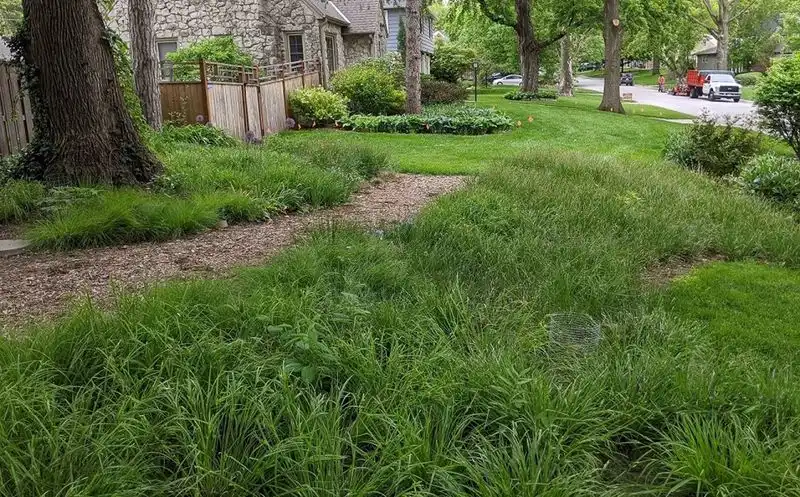
Imagine a garden where weeds struggle to see daylight. Mulching achieves just that by cutting off sunlight and preventing sedge grass from thriving. Apply a thick layer of organic mulch to suffocate these persistent invaders. Besides its effectiveness against weeds, mulch adds a touch of aesthetic appeal. Furthermore, it enriches the soil as it breaks down, providing nutrients for your plants. Mulching is not just a weed barrier, but a soil enhancer. It’s about creating conditions where sedge simply can’t compete.
Vinegar Solution
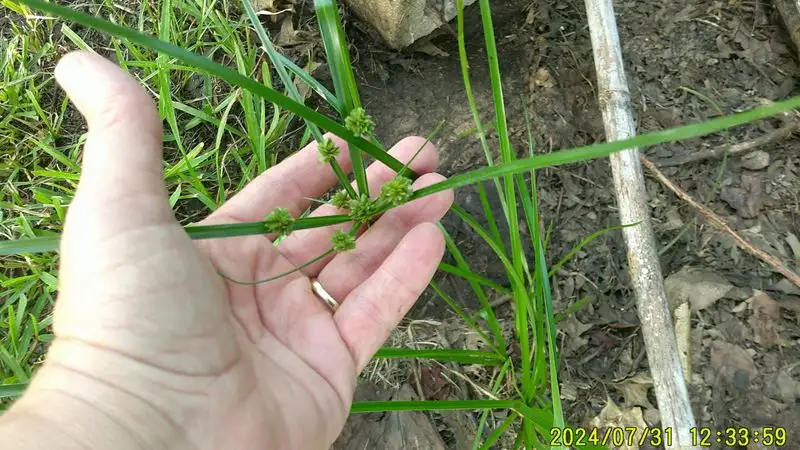
In the realm of natural remedies, vinegar stands as a powerful ally against sedge grass. This household staple, when sprayed directly onto weeds, disrupts their growth. Using vinegar is both effective and environmentally conscious. It’s a simple mix—vinegar and a touch of dish soap—to ensure it adheres to leaves. Repeated applications are often necessary, especially after rainfall. This method appeals to those seeking non-toxic approaches. Beyond its kitchen uses, vinegar proves its worth in the garden.
Sedgehammer Herbicide
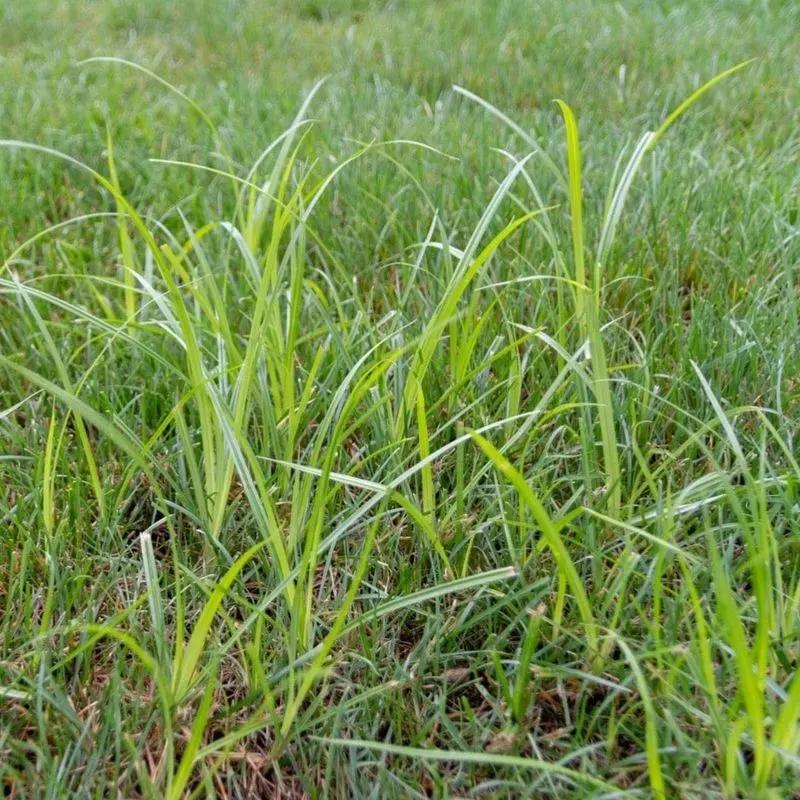
For those who prefer commercial solutions, Sedgehammer herbicide comes highly recommended. Specifically designed for sedge grass, it targets the plant at its root. Application is straightforward—a measured mix with water and applied with a sprayer. The herbicide effectively interrupts the sedge’s growth cycle. Its selective action ensures desired plants remain untouched. Unlike some harsh chemicals, Sedgehammer is gentle on most landscapes. Gardeners value its reliability and precision in tackling stubborn sedge.
Improve Drainage
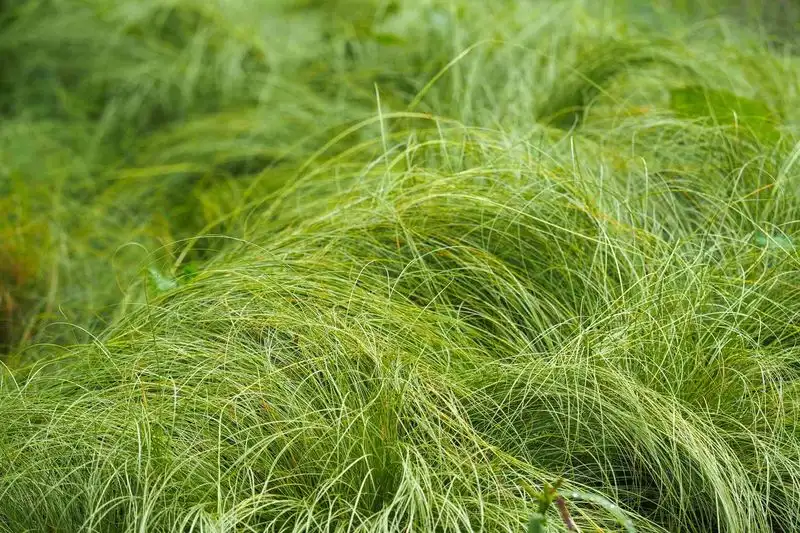
Sedge grass thrives in waterlogged conditions, making drainage a critical factor. Enhancing your garden’s drainage can curb its proliferation. Consider raised beds or adding organic material to improve soil structure. Installing underground drainage pipes can also redirect excess water. By creating an environment that’s less inviting for sedge, you reduce its chances of survival. Improved drainage not only benefits the fight against unwanted growth but also promotes overall garden health.
Hand Pulling
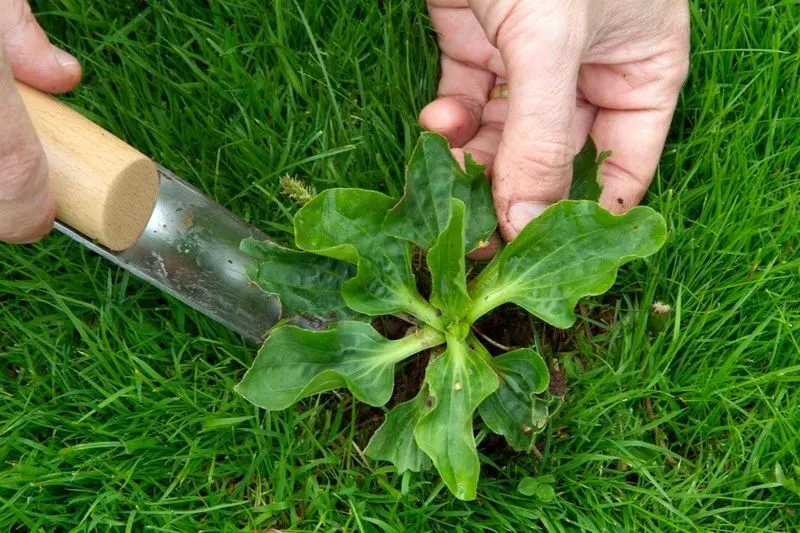
Sometimes, the simplest methods are most effective. Hand pulling requires patience but offers precision in removing sedge grass. Doing so when the soil is moist ensures roots are extracted fully. This task might seem labor-intensive, but it’s rewarding. The tactile connection with your garden reminds you of its personal value. Consistent effort prevents the spread of sedge over time. Hand pulling is a testament to the age-old gardening practice of diligence and care.

